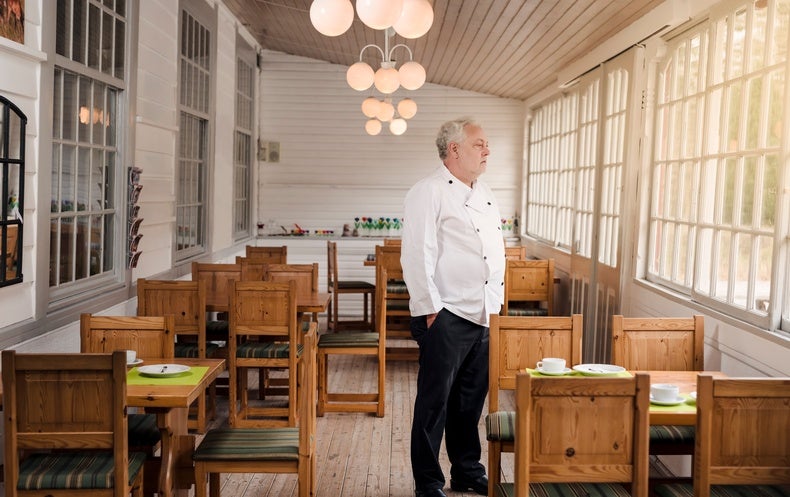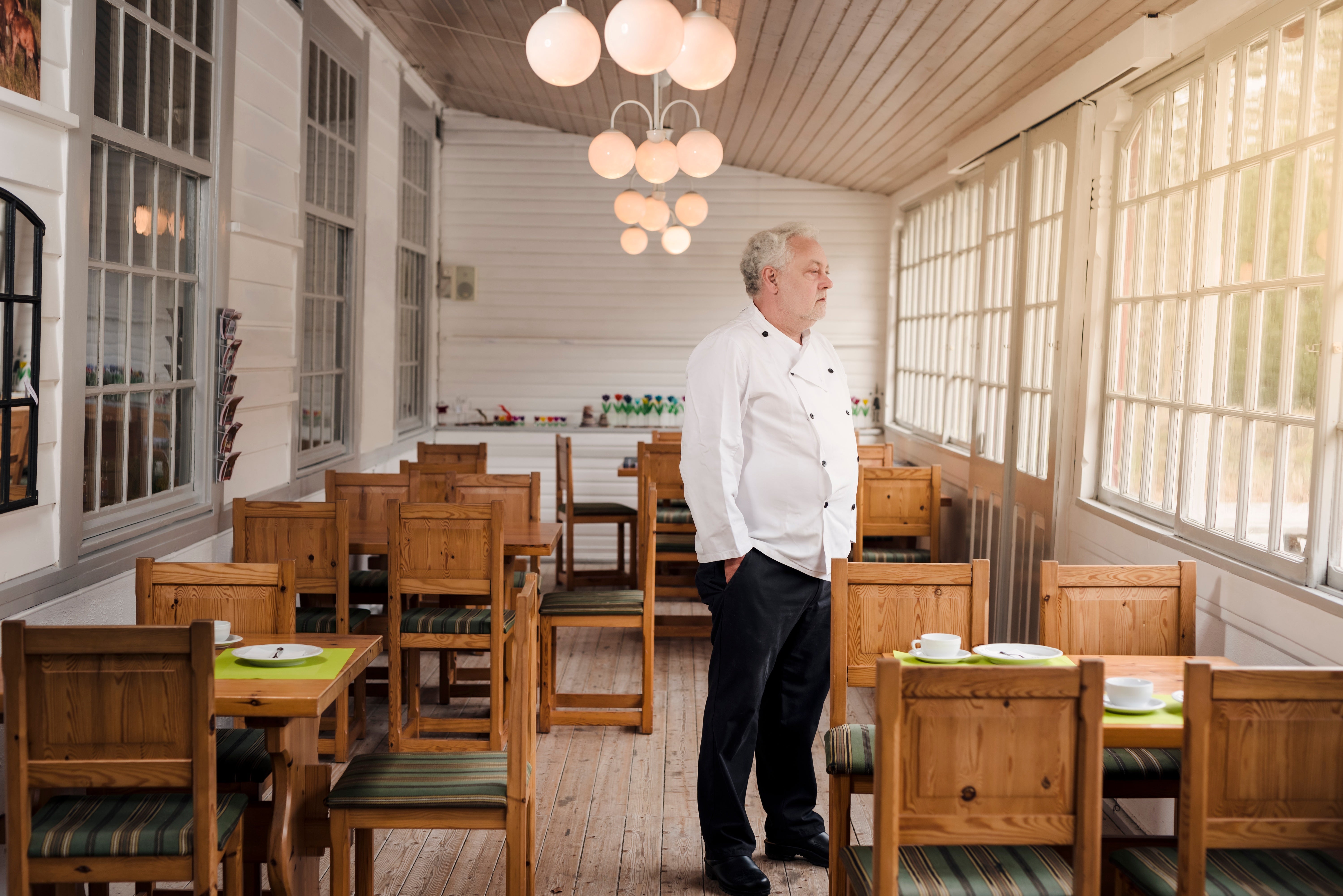|
Αρχειοθήκη ιστολογίου
-
►
2023
(256)
- ► Φεβρουαρίου (140)
- ► Ιανουαρίου (116)
-
►
2022
(1695)
- ► Δεκεμβρίου (78)
- ► Σεπτεμβρίου (142)
- ► Φεβρουαρίου (155)
-
►
2021
(5507)
- ► Δεκεμβρίου (139)
- ► Σεπτεμβρίου (333)
- ► Φεβρουαρίου (628)
-
▼
2020
(1810)
- ► Δεκεμβρίου (544)
-
▼
Νοεμβρίου
(743)
-
▼
Νοε 10
(34)
- Plasma Proteome Profiling of Coronary Artery Disea...
- Evaluation of the Antibacterial and Antioxidant Ac...
- Hypoglycemic Effect of a Combined Andrographis pan...
- Effects of the Glutamine Administration on T Helpe...
- Expression and Functional Characterization of a No...
- A Rare Malignant Disease, Dermatofibrosarcoma Prot...
- Evaluation of Heavy Metal and Microbial Contaminat...
- Effect of Coptis chinensis on Biofilm Formation an...
- The Therapeutic Properties of Plants Used Traditio...
- In Vitro Infrared Thermographic Assessment of Temp...
- Improving Stem Cell Clinical Trial Design and Cond...
- Carbamazepine-Induced Toxic Epidermal Necrolysis M...
- Verification of the Efficacy and Safety of Qi-Repl...
- Random Network Transmission and Countermeasures in...
- Foreign Body Granuloma in the Tongue by a Pequi Spine
- How to Stop Restaurants from Driving COVID Infections
- Laparoscopic Distal Pancreatectomy Following Prior...
- Vitamin D, Omega-3s, and Strength-Training May Off...
- Zebra Coloration Messes With Fly Eyes
- [Comment] Polymyxins resistance among Gram-negativ...
- [Articles] Safety and immunogenicity of a syntheti...
- New therapies for neuromyelitis optica spectrum di...
- Incidence, nature and causes of avoidable signific...
- Coping With Stress and Burnout Associated With Tel...
- High thyroid-stimulating hormone level in down's s...
- Paget's disease of bone
- Neurocognitive functions and brain volume in patie...
- Efficacy of fluorescein green dye in assessing int...
- Endocrine involvement in COVID-19: Mechanisms
- Clinical and severity profile of acute pancreatitis
- Hyperhaemolytic Syndrome in Sickle cell disease: c...
- Red flags for the differential diagnosis of granul...
- 18 F-FDG PET/CT of off-target lymphoid organs in C...
- Roles of N-myc downstream-regulated gene 2 in the ...
-
▼
Νοε 10
(34)
- ► Σεπτεμβρίου (32)
- ► Φεβρουαρίου (28)
-
►
2019
(7684)
- ► Δεκεμβρίου (18)
- ► Σεπτεμβρίου (53)
- ► Φεβρουαρίου (2841)
- ► Ιανουαρίου (2803)
-
►
2018
(31838)
- ► Δεκεμβρίου (2810)
- ► Σεπτεμβρίου (2870)
- ► Φεβρουαρίου (2420)
- ► Ιανουαρίου (2395)
-
►
2017
(31987)
- ► Δεκεμβρίου (2460)
- ► Σεπτεμβρίου (2605)
- ► Φεβρουαρίου (2785)
- ► Ιανουαρίου (2830)
-
►
2016
(5308)
- ► Δεκεμβρίου (2118)
- ► Σεπτεμβρίου (877)
- ► Φεβρουαρίου (41)
- ► Ιανουαρίου (39)
Αλέξανδρος Γ. Σφακιανάκης
ΩτοΡινοΛαρυγγολόγος
Αναπαύσεως 5
Άγιος Νικόλαος Κρήτη 72100
2841026182
6032607174
Τρίτη 10 Νοεμβρίου 2020
How to Stop Restaurants from Driving COVID Infections
Εγγραφή σε:
Σχόλια ανάρτησης (Atom)




Δεν υπάρχουν σχόλια:
Δημοσίευση σχολίου